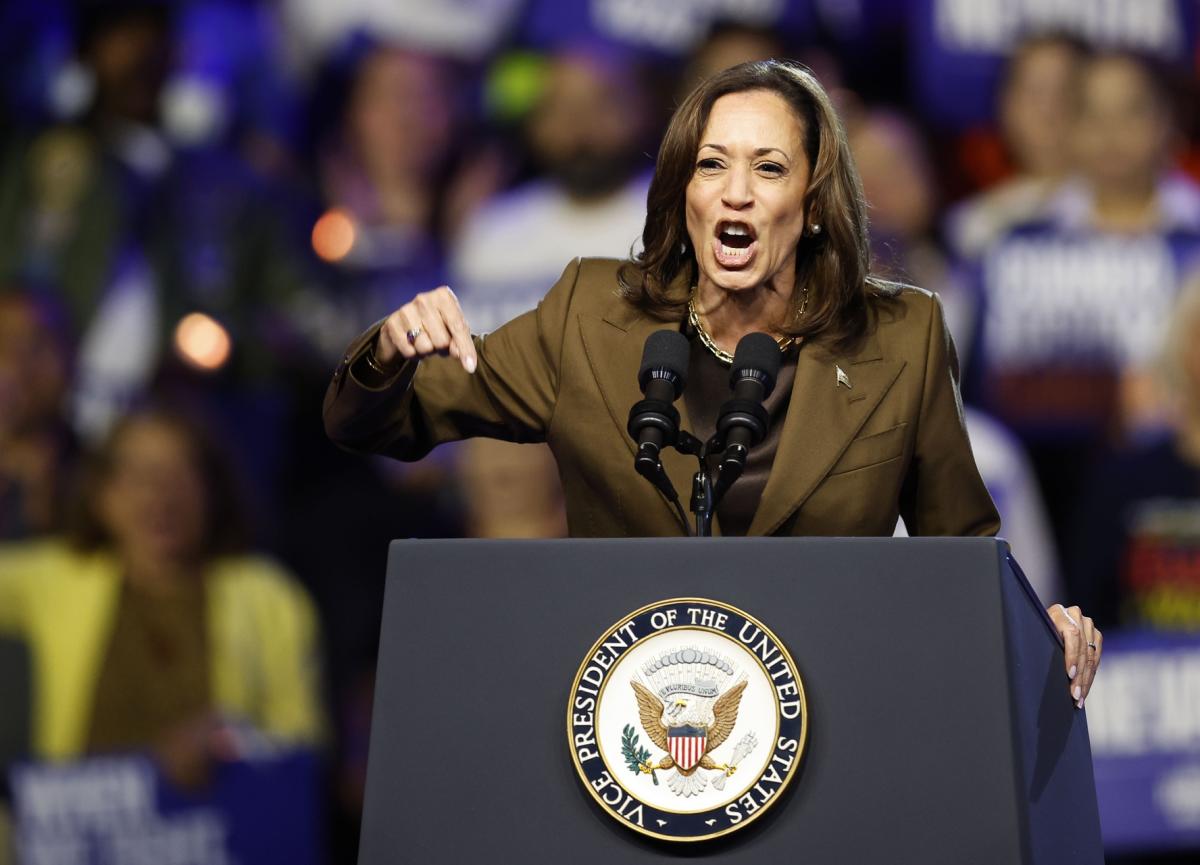Austin (USA), Oct 4 (EFE).- One month before the November general elections, Democrats have decided to invest time and money in Texas, a traditionally Republican state, where the majority of the population is Hispanic origin.
The party is hoping to build on the Democratic candidate’s lead in a tight race for a congressional seat to show they can wrest Republicans’ political control of the state. However, experts consulted by EFE consider that this is a risky bet, far from reality on the ground.
First Texas and then the entire country
Two of the main figures of the most progressive wing of the party, Congresswomen Alexandria Ocasio-Cortez and Senator Bernie Sanders, held a series of rallies in Texas this week alongside Texan politicians to encourage the base to register to vote before the date October 7 deadline.
The reason: the competition for one of the state’s two seats in the Senate looks increasingly tight, with Democrat Colin Allred hot on the heels of Republican Ted Cruz, who has held the seat since 2013.
The Democrats are risking control of the Senate this November, since 34 of the 100 seats in that chamber are renewed at the polls and any loss would shake the simple majority they now hold.
The Democratic committee focused on Senate campaigns last week pumped millions of dollars in advertising into Allred’s campaign, and this week’s rallies indicate an insistence on that bet.
At campaign events, progressive legislators said they were even hopeful of a victory in the presidential elections.
“If Kamala Harris wins in Texas – and I believe she has a chance to win – it’s the end. And how Texas does, it goes for the US and the world,” Sanders said at the closing rally of the tour at a youth sports center east of Austin, the state capital.
Republican presidential candidates have won Texas in every election since 1976, and the party has maintained control of the legislature and state government since 2018.
However, Trump’s advantage over the Democratic option in the state was reduced from 9 percentage points in the 2016 elections – when the candidate was Hillary Clinton – to 5 percentage points in 2020, against the current president, Joe Biden.
“Texas is officially in play; there is this lie that it is a ‘red’ state (color of the Republican Party), but that is not the case, we have a history of being a progressive state or one that abstains from voting,” Greg Casar told EFE. , a young progressive who was elected to the House of Representatives in the 2022 midterm elections.
“The powerful are afraid because, as more young voters register, that can change not only politics in Texas, but at the national level: control of the Senate, the results of the presidential elections,” added the legislator, whose district includes parts of Austin and San Antonio.
A more competitive state, but not at stake
Experts consulted by EFE pointed out, however, that the Democratic dreams of returning Texas to a ‘blue’ state are not in sight in the near future.
In polls, Harris has consistently scored lower than Trump in the state, averaging 46% support to the former president’s 53%, according to data from polling aggregator FiveThirtyEight.
“Any Democratic statement about the state should be taken with a grain of salt, because it is more campaign rhetoric” than anything else, James Henson, director of the Texas Political Project at the University of Texas at Austin, told EFE.
The most likely thing this November based on the data, the expert said, is that Republicans will win both the presidency and the Senate seat in Texas, but by a “relatively small” margin.
“This is going to mean that, facing the midterm elections in 2026, there will be much more competitive campaigns,” he indicated.
In turn, Latinos, whom Democrats have seen as safe voters for years, are also leaning more toward the Republican Party.
Over the past 10 years, added Mark Jones, a political scientist at Rice University in Houston, the state has seen “a modest shift among Latinos toward the Republican Party.”
And, according to a survey published last week by the Texas Hispanic Policy Foundation, Harris leads Trump in this population group by only 6 percentage points.
By comparison, Biden won the Latino vote in Texas in 2020 by 17 percentage points and Clinton in 2016 by 27 points.
Alejandra Arredondo
(c) EFE Agency
